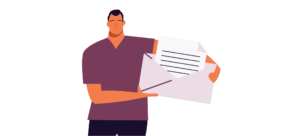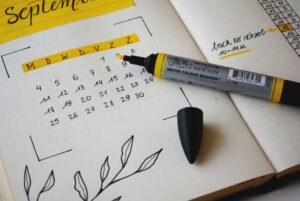In an age of apps and Google AdWords, you might find it surprising that one of the most effective tools for event promotion is still email. At every stage of your sales lifecycle, you should be tapping into your email database to share an invite, discount, or sneak peak of your event — and make your existing attendees feel special.
But between spam filters and overflowing inboxes, sending an email doesn’t guarantee a sale — or even a click. Here are a few best practices to help you stand out and drive traffic from your emails to your event listing.
Give people a reason to open
Use your subject line as a teaser for the goodies you’re offering inside. According to MailChimp, the best subject lines are short (fewer than 50 characters), descriptive, and tailored to the target audience.
You can also take advantage of the “preheader,” the secondary subject line. While it may seem small, the preheader provides an opportunity to grab attention and convey additional messages. Do this by adding your custom text to the “alt text” area of the first image in the HTML of your email.
Personalize your message
MailChimp found that people are 20% more likely to trust an email addressed to them, which most email service providers can do. At the very least, take the time to customize the email “from” field with the name of your organization or event.
Avoid spammy language
People don’t trust emails that use attention-grabbing tactics, like all-caps, dollar signs, exclamation marks, or multiple font sizes. Many of Eventbrite’s event-goers believe that if an event looks like it’s trying too hard, then it probably doesn’t have much to offer.
With this in mind, always remain conscious of how your email recipients perceive the legitimacy of your event — and let the branding, programming, photos, and testimonials speak for themselves.
Don’t rely on images only
Spam filters are more likely to block emails with no text, so don’t drop a flyer into the body of an email and call it a day. On top of that, more than 60% of email platforms block images by default, so create a message that’s legible with or without the photos, just in case.
Keep it short
Lead with the single most compelling piece of content and include a clear call-to-action. If you have more content to surface below the fold, curate thoughtfully by using clear, brief sentences.
Best practice for mobile devices means single column thumb-friendly designs. You may have to test to determine how different email lengths perform, but keep it simple with the hero event being the one you most want the fan to react to.
Use a tool integrated with your event technology
With Eventbrite’s free tool, you can send up to 2,000 emails per day, track real-time performance, and adjust your messages to drive maximum traffic to your listing. If you’re using an email service provider (ESP), like MailChimp, you can manage communication with attendees across multiple events, too. Because MailChimp integrates with Eventbrite’s open platform, you can also send emails to both past attendees and the other business contacts stored in your email database or CRM.
You did all this work to create the perfect email. Now it’s time to track its performance. To learn more about how to improve your email metrics, check out the Event Email Benchmarking Report.




